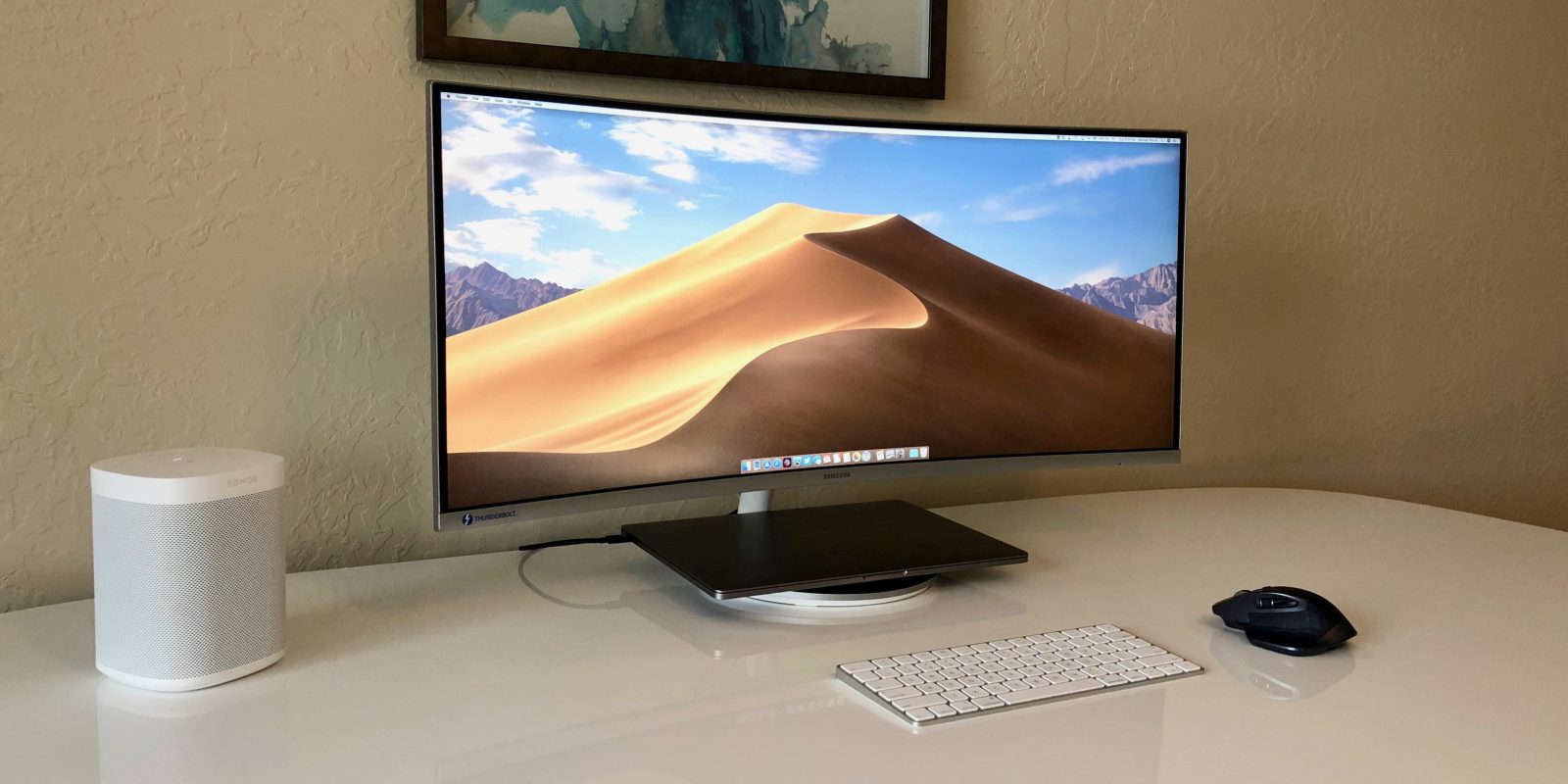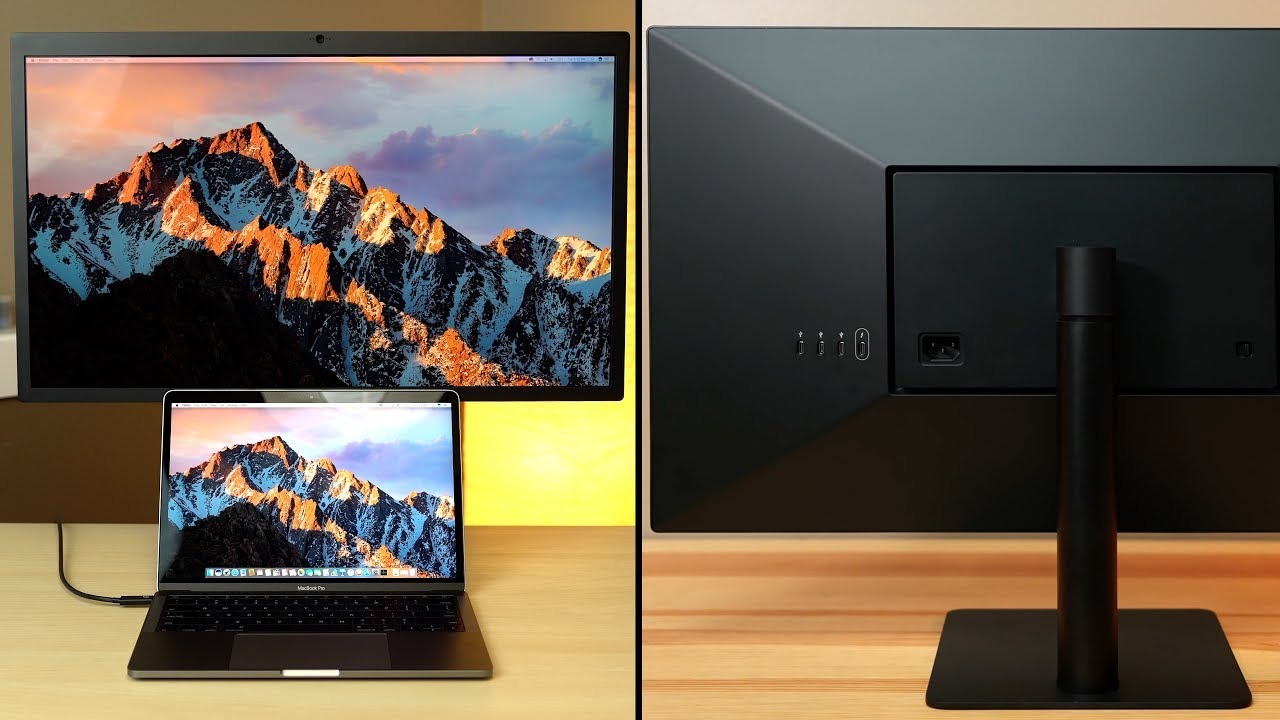Compatible Screens For Mac
1830 Reviews of mac compatible monitors Analyzed. In order to provide you with the best reviews and lists of the best mac compatible monitors, we analyze a lot of customer feedback.In order to write the list of the best mac compatible monitors we analyzed exactly 1830 reviews.Examining multiple reviews for mac compatible monitors will help you choose the top selling cheap mac compatible monitors. Cast iPhone/iPad screen to PC/MAC easily Music, Movies and Screen Mirroring. Get started today. Cast AirPlay to PC/MAC. Turn your PC or Mac into an Apple TV. IOS 11 Compatible. Share on the Big Screen. Presentation, App demo, Game Play, or Family Pictures. Connect with People in classroom, meeting room and living room. 1-16 of 419 results for 'Monitor Mac Compatible' Acer SB220Q bi 21.5 Inches Full HD (1920 x 1080) IPS Ultra-Thin Zero Frame Monitor (HDMI & VGA port),Black 4.6 out of 5 stars 15,207. A Thunderbolt-equipped Mac can connect a 4K Ultra HD TV via a direct HDMI connection, or via a Thunderbolt to high-speed HDMI adapter. In 2013 Apple introduced Thunderbolt 2, which is faster than. If you have a cable that's compatible with your Mac that connects to your TV or monitor, you can also mirror your display the old fashioned way, by chaining them together. We tested this on a Late.
Mac computers that have any of the following ports can connect to HDMI devices. Learn how to identify the ports on your Mac.
- HDMI port: Connects directly to HDMI using an HDMI cable.
- USB-C or Thunderbolt 3 (USB-C) port: Connects to HDMI using an adapter, such as the Apple USB-C Digital AV Multiport Adapter.
- Mini DisplayPort: Connects to HDMI using a third-party Mini DisplayPort to HDMI adapter or cable.

Mac computers that have an HDMI port comply with HDMI 1.4b and support:
- At least 1080p video over HDMI, and some Mac models support higher resolutions when connecting to 4K displays, 5K displays, and Ultra HD TVs
- 8-channel/24-bit audio at 192kHz, Dolby Surround 5.1, and traditional stereo
- HDCP-encrypted playback from iTunes and QuickTime Player (version 10). Safari in macOS Sierra or later also supports HDCP-encrypted playback, if the web page is HTML5-enabled and the content is FairPlay Streaming-enabled and delivered using Media Source Extensions or HTTP Live Streaming.
If using an adapter, check the specifications of the adapter to learn about supported resolutions and other details.
After making the connection
If your Mac doesn't recognize your HDTV, display, or other HDMI device after making the connection: Disk usage utility for mac os x.
- Turn off the HDMI device while your Mac is turned on.
- Unplug the HDMI cable from your Mac, then plug it in again.
- Turn on the HDMI device.
If the video on your HDTV or display extends beyond the borders of the screen, open Displays preferences and adjust the Underscan slider for a better fit. Use any of these methods to open Displays preferences:
- Choose Apple () menu > System Preferences, then click Displays.
- Press Shift-Command-A to open the Applications folder. Then double-click System Preferences, then click Displays.
- If your keyboard has brightness controls, press Option–Brightness Up or Option–Brightness Down.

If your HDMI device isn't receiving audio from your Mac:
- Choose Apple menu > System Preferences, then click Sound. In the Output pane, make sure that your HDMI device is selected.
- If you're connecting using a Mini DisplayPort adapter, make sure that your Mac can send audio over Mini DisplayPort.
- If you're connecting from a Mac mini, unplug any audio device that is plugged into your computer's Audio-Out port.
If your Mac goes to sleep while a video is playing or paused, you might see an HDCP error. Quit the app that is playing the video, then open the app again. If the issue continues, choose Apple menu > System Preferences, then click Energy Saver and adjust the settings so that your display doesn't turn off.
Learn more
- If your Mac has an HDMI port, you can use the Apple HDMI to DVI Adapter to connect to a DVI display.
- Mac computers don't support using CEC (Consumer Electronics Control) to control HDMI devices.
Broad support for high dynamic range (HDR) video, such as HDR movies and TV shows from Apple or other providers, requires the latest version of macOS and a compatible Mac model. If your Mac, display, video cable, or video cable adapter doesn't support HDR10, video plays in standard dynamic range (SDR).
Mac models that support HDR
Mac model Update office in mac. As of the November 2020 (build 16.43) update for Microsoft 365 for Mac or Office 2019 for Mac, macOS 10.14 Mojave or later is required to receive updates to Word, Excel, PowerPoint, Outlook and OneNote. If you downloaded Office from the Mac App Store, and have automatic updates turned on, your apps will update automatically. But you can also manually download the updates: Open the Mac App Store from your Dock or Finder. Click Updates on the left side menu, then click Update All, or the Update button next to the apps that you want to update. Start quickly with the most recent versions of Word, Excel, PowerPoint, Outlook, OneNote and OneDrive —combining the familiarity of Office and the unique Mac features you love. Work online or offline, on your own or with others in real time—whatever works for what you’re doing. Microsoft fully supports Office 2016, Office 2019 and Microsoft 365 for Mac on 10.14 Mojave when you have the following Office updates installed: Microsoft 365/2019 - Build 16.17.0 or later Office 2016 - Build 16.16.2 or later Skype for Business 16.21.65 or later. | Built-in | External display | External display |
|---|---|---|---|
| MacBook Pro introduced in 2018 or later | HDR1 | HDR | HDR2 |
| MacBook Air introduced in 2018 or later | HDR1 | SDR | SDR |
| iMac introduced in 2020 | HDR | HDR | HDR |
| iMac Pro | HDR | HDR | HDR |
| Mac mini introduced in 2018 | — | HDR1 | HDR3 |
| Mac Pro introduced in 2019 | — | HDR | HDR |
| 1. Premium HDR content from Apple plays at resolutions up to 1080p (1920 x 1080). 2. If using Apple's adapter with HDMI on some 13-inch models, HDR content plays at resolutions up to 1080p. 3. All HDR content plays at resolutions up to 1080p. | |||
External displays. Use the Thunderbolt 3 (USB-C) ports on your Mac to connect to external HDR10-compatible displays:
- DisplayPort displays: Use a cable that has a USB-C connector for your Mac and the appropriate connector for the port on your display, which is usually a DisplayPort, USB-C, or Thunderbolt 3 port.
- HDMI displays: Use an HDMI cable and a USB-C adapter such as the Apple USB-C Digital AV Multiport Adapter or Belkin USB-C to HDMI Adapter.
- Apple Pro Display XDR supports several HDR formats, including HDR10, when used with a Mac compatible with this display.
When an external display tells your Mac that it supports HDR10, your Mac might automatically enable HDR for that display. You can also enable or disable HDR for external displays in Displays preferences.
Getting the best HDR picture
If HDR video doesn't play in HDR or with the quality you expect, try these solutions.
Check your Mac
- Install the latest Apple software updates for macOS Catalina or later. Some HDR features are available only with the latest macOS.
- Choose Apple menu > System Preferences, click Displays, then make sure that High Dynamic Range is selected. It appears only on third-party displays that support HDR10, not on built-in displays. If you don't want to use HDR, deselect this checkbox.
- Choose Apple menu > System Preferences, then click Energy Saver. If ”Optimize video streaming while on battery power” is selected in the Battery tab, your Mac saves energy by playing HDR video in SDR while on battery power. To play in HDR, connect your Mac to power or deselect this checkbox.
Check your external display
- Make sure that your display supports HDR10. If the display has its own HDR setting, turn it on or set it to prefer HDR when available.
- Make sure that your display is using the latest firmware from the manufacturer. Check your display's documentation for details.
- Some televisions support HDR only on a specific input, such as HDMI input 2 or HDMI input 3. Check its documentation for details.
Check your media
If you're playing premium content from a third-party content provider, check with the content provider to be sure that they support HDR on your Mac.
Check your cables and other devices
Mac Compatible Laser Printer
- If you're using HDMI, make sure that the HDMI cable and adapter support HDR10. Apple recommends HDMI cables that have been tested with Apple TV 4K and a wide range of televisions, such as the Belkin UltraHD HDMI Cable. Compatible adapters include the Apple USB-C Digital AV Multiport Adapter and Belkin USB-C to HDMI Adapter.
- If your video connection passes through an AV receiver, sound bar, or other device before connecting to your display, make sure that the device supports HDR10 and is using the latest firmware from the manufacturer. You can test by connecting your Mac directly to the display.
Check your viewing environment
The brightness and color of HDR video may vary depending on your Mac model and the lighting in your environment. Lower lighting conditions, such as in a dim room, enhance the visual effect of HDR.
Multiple Screens For Mac
Learn more
Mac Compatible Scanners
- For details about the HDR capabilities or settings of a third-party display, cable, or adapter, please check the documentation for the product, or contact the product vendor.
- Learn what to do if video on your HDR display is too bright or vivid.
- Learn about firmware updates for Pro Display XDR.
